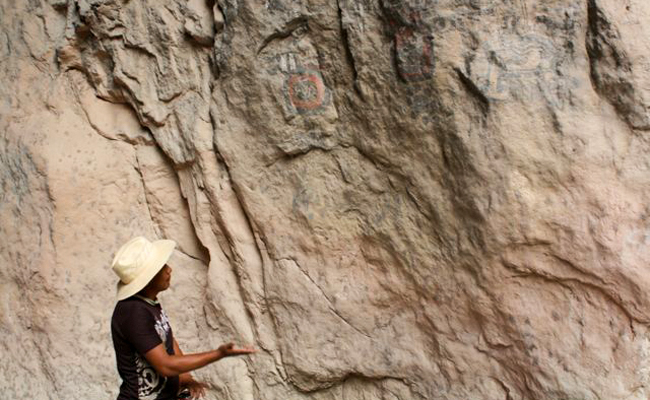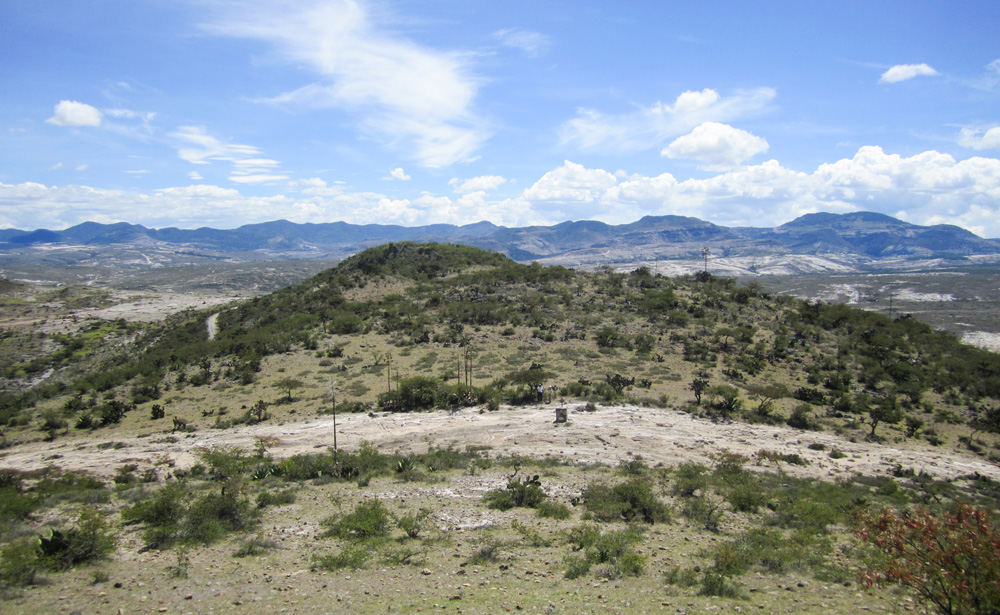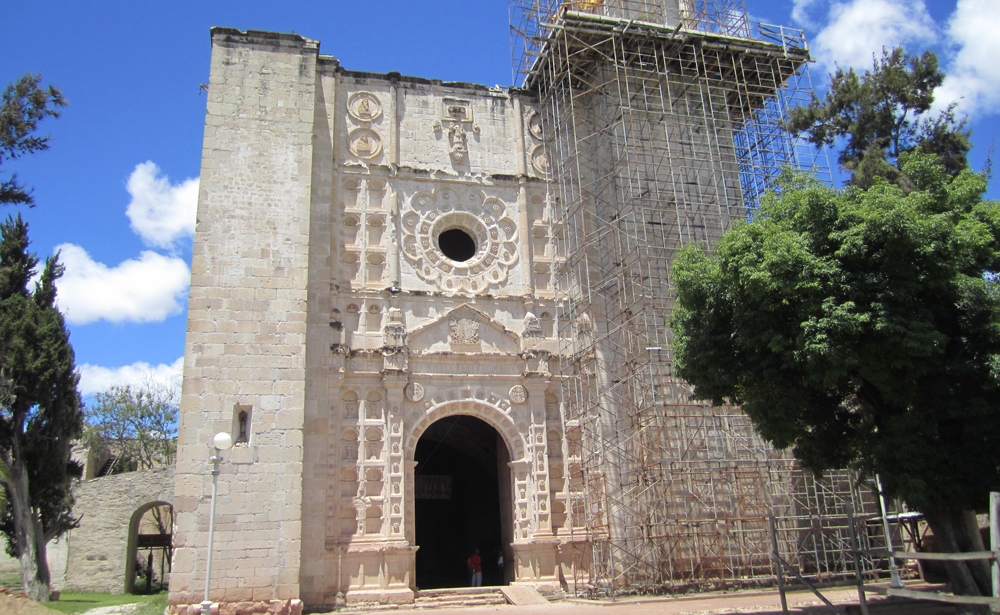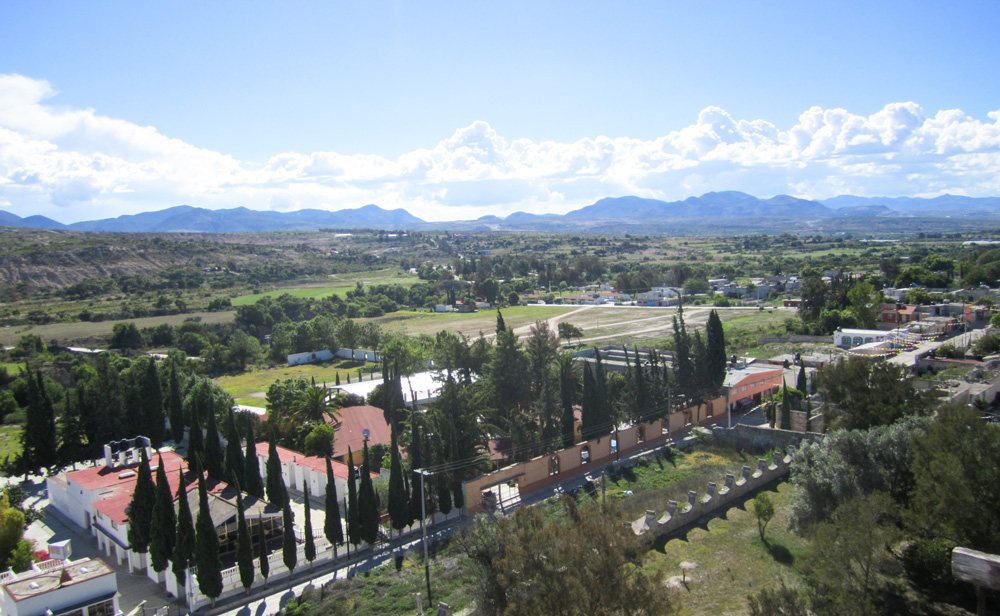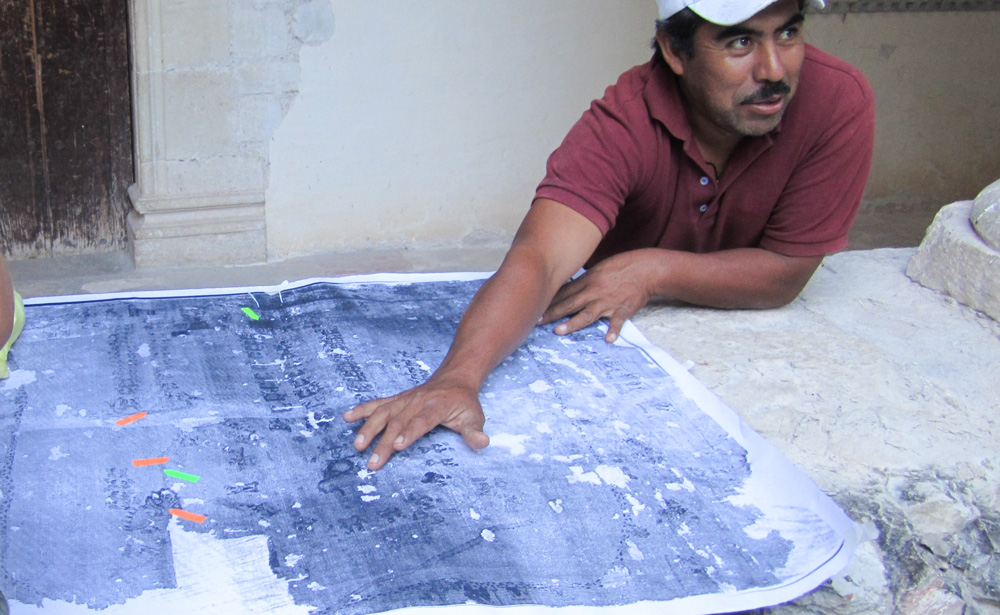The goal of this Ph.D. research project is to define the historical context in which the Lienzo Seler II was produced through the latest works on the Coixtlahuaca group of documents while considering the ethno-historical, geographical and archaeological data for its interpretation.
Research
The Lienzo Seler II, brought to the Ethnologisches Museum Berlin by the scholar Eduard Seler at the end of the 19th century, is a unique object of enormous cultural and historical value. Although it is part of a group of documents from the Mixtec Region located in the northwestern part of the modern state of Oaxaca, Mexico, its size and the historical information it contains, makes it one of the most complete records kept in the ancient pictographic scripture known before the arrival of the Spanish at the beginning of the 16th century.
The Mixtec region was the scenery in which the Mixtec and Chocholtec culture developed especially during the Postclassic Period (900-1521 AD), and Coixtlahuaca was one of the most important states in the region. Nowadays Coixtlahuaca is known for its lienzos (cotton cloth map-like documents), one of them being the Lienzo Seler II. To understand this document and its history, it was crucial to explore the area. This ancient document depicted not only ancient mythical events but also history related to the time of the Spanish contact in 1521. Through the understanding and interpretation of the landscape by the modern inhabitants of the Coixtlahuaca Valley, the historical records kept in different archives in Mexico City as well in Oaxaca and the latest archaeological findings, the Lienzo was beginning to unravel its complexity and depth of information.
Results
The field work in 2013, 2014 and 2015 form the core of the project. Without the knowledge of the surroundings where it was produced, the meaning of the landscape, the culture and the historical context it would not have been possible to understand such a document. The research in archives, interviews with the modern inhabitants, contact with the local cosmology, myths and belief system, all form the paradigm in which the document should be understood.
The 1st and 2nd “Seminar of Interdisciplinary Studies” in 2015 and 2016, hosted by CIESAS and organized with the help of the local researcher Gonzalo Sánchez (IIE-UNAM, Oaxaca), gave a platform to young researchers to present their work and allowed Monica Pacheco Silva to present her project, evaluate its development and reconsider the path of research. Following these seminars, the publication of some presentations is due this year in the anthropological journal “Cuadernos del Sur”. The historical context of the Lienzo Seler II, partly resulting from the research in historical archives in Mexico, was presented at the XIX. Mesoamerika-Tagung in Berlin.
Further Activities
To understand the Lienzo Seler II better, Mónica Pacheco Silva organized seminars and workshops in Oaxaca, supported by CIESAS and local colleagues. The basis for understanding the ancient scripture in which the Lienzo was produced results from the organization of a Mixtec Codices Workshop sponsored by CIESAS-DF and CIESAS-Pacifico Sur. The international conference “The Coixtlahuaca Valley in Oaxaca, Mexico: current research in Archaeology, History, Ethnology and document analysis” that took place in Berlin, sponsored by Topoi and the Ethnologisches Museum Berlin, brought together the latest information of the most prominent researchers in the area and paved the way for the contacts needed for the success of the project. The “V and VII Coloquio Internacional sobre la Mixteca” in Mexico City, introduced Mónica to the local researchers specialized in the area and allowed her to get into the researchers’ network and receive feedback through her active participation.
Starting in 2013, Mónica Pacheco Silva was admitted to the guest-student program at CIESAS-D.F. for one year. This allowed her to use their installations in Oaxaca, benefit from the supervision of the local expert Dr. Manuel Hermann Lejarazu, and ensure their support for the organization of seminars. Afterwards, she participated in two courses at the textile museum in Oaxaca. This unique opportunity allowed her not only to learn how such a cotton linen was made but also to understand the work and craft that is involved in creating it.
Moreover, the social media tool Facebook has proven to be an important tool to stay in contact with the native speaker community of Mixtecs and Chocholtecs that live scattered through Mexico and to share some of the activities of the field work and the seminars with the public:
Bajo los rastros del Coixtlahuaca II on Facebook by Mónica Pacheco Silva and Juan Pablo Calderon
This research project is in its final stage, all data from numerous archival records, interviews with the inhabitants and native speakers of Mixtec and chocho-popolocan (languages recorded in the Lienzo) are gathered. The Ph.D. thesis is being written within the program “Landscape Archaeology and Architecture” (LAA) of the Berlin Graduate School of Ancient Studies (BerGSAS).

